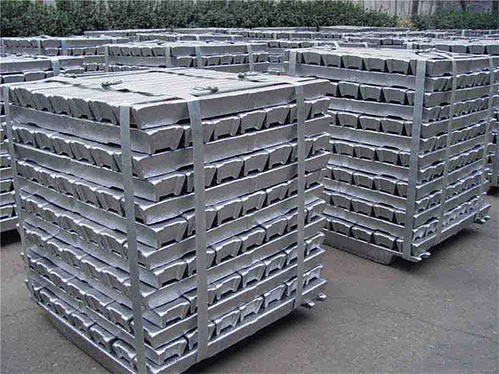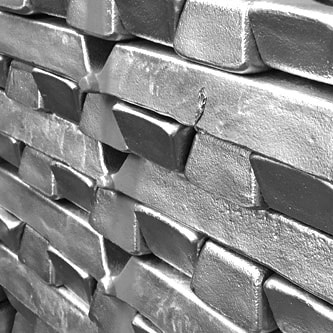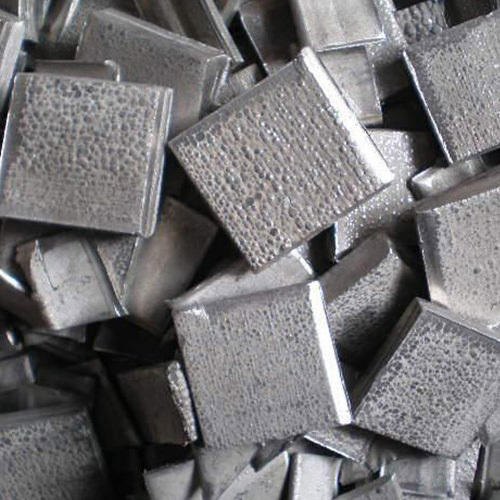NICKEL
Recycled nickel is a strategic metallic raw material, obtained from pure nickel waste and nickel-containing alloys, refined to the highest purity to produce superior quality ingots. Nickel recycling is essential for conserving limited mineral resources, significantly reducing the massive energy consumption associated with primary production, and diminishing the industry’s carbon footprint, supporting circular economy principles.



Our Expertise in Nickel Recycling
Specialized in the acquisition and sale of nickel waste, we serve global markets (Europe, Asia). Solid partnerships ensure a constant flow of quality raw materials, tailored to our clients’ specific needs. We are dedicated to adhering to the highest standards of purity and processing, confirmed by our certifications.
Packaging & Logistics: Nickel ingots are efficiently managed and delivered by road and sea transport. Packaging is done on pallets, ensuring safe and optimized handling and transport.
Certifications: ISO 9001:2015, SGS, ASTM, ISRI, REACH, RoHS, ISO 6283:2017.
Characteristics
Origin: Post-consumer/industrial waste (stainless steel, superalloys, Ni-Cd/Ni-MH batteries, catalysts, plating waste), selected for high-purity refining potential.
Processing: Collection, sorting, melting, advanced refining to obtain high-purity nickel in ingot form.
Chemical Composition: According to ISO 6283:2017, with min. 99.8% Nickel.
Physical Properties: Density 8.9 g/cm3 , Melting point 1455 °C.
Purity: Our nickel ingots contain no slag, oxide particles, or impurities, guaranteeing superior quality.
Type: High-purity recycled nickel.
Form: Ingots.
Grades:
High-Purity Nickel: min. 99.8% Nickel.
Advantages
Conservation of critical mineral resources and reduction of environmental impact.
Significant energy savings (up to 75-90%) compared to primary production.
Reduction of greenhouse gas emissions.
Stability and resistance to corrosion and high temperatures.
Infinitely recyclable without loss of properties.
Applications
Production of stainless steel and special alloys (through remelting).
High-performance batteries.
Electronic and precision components.
Chemical and petroleum equipment.
Aerospace and automotive industries (for high-performance alloys).
